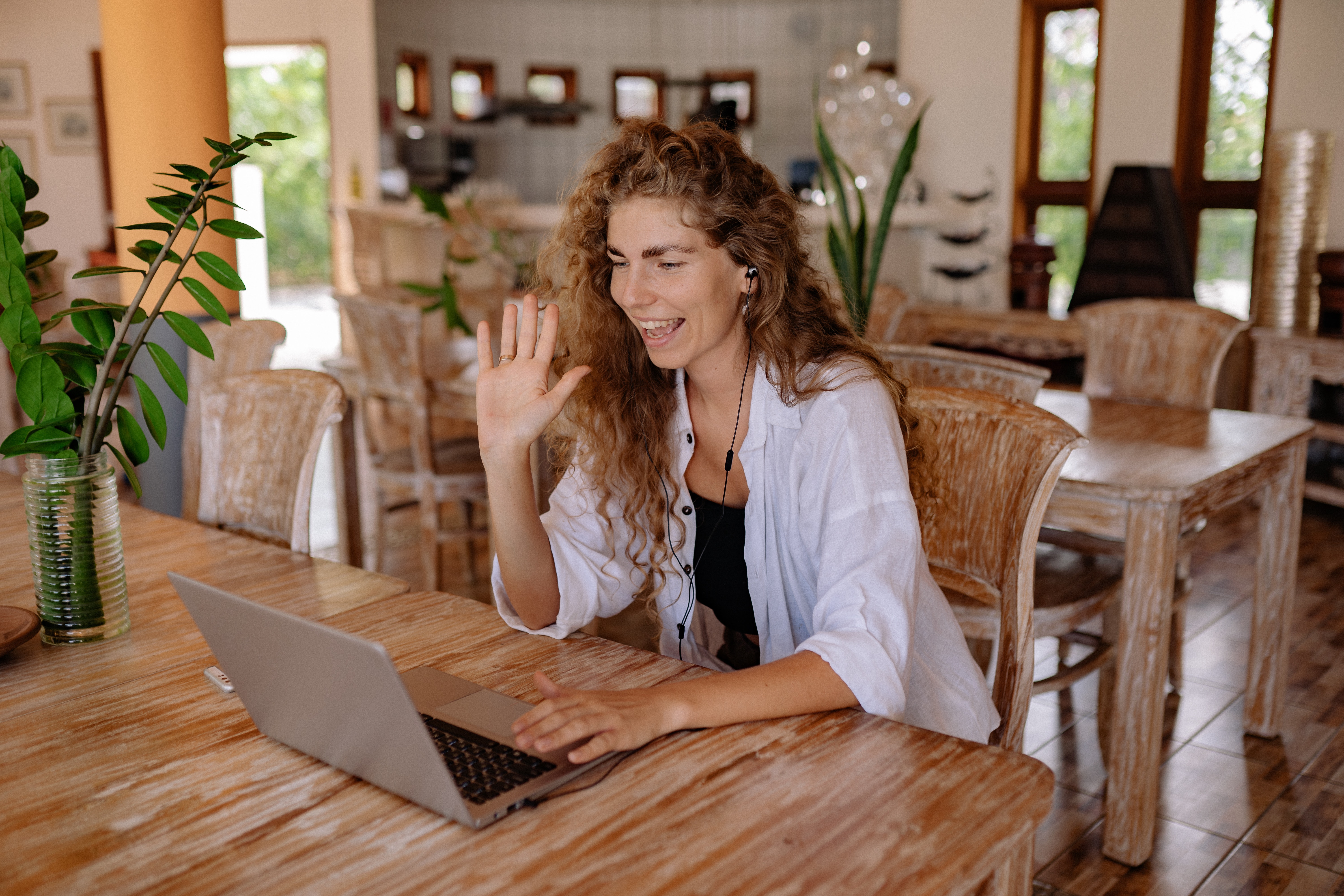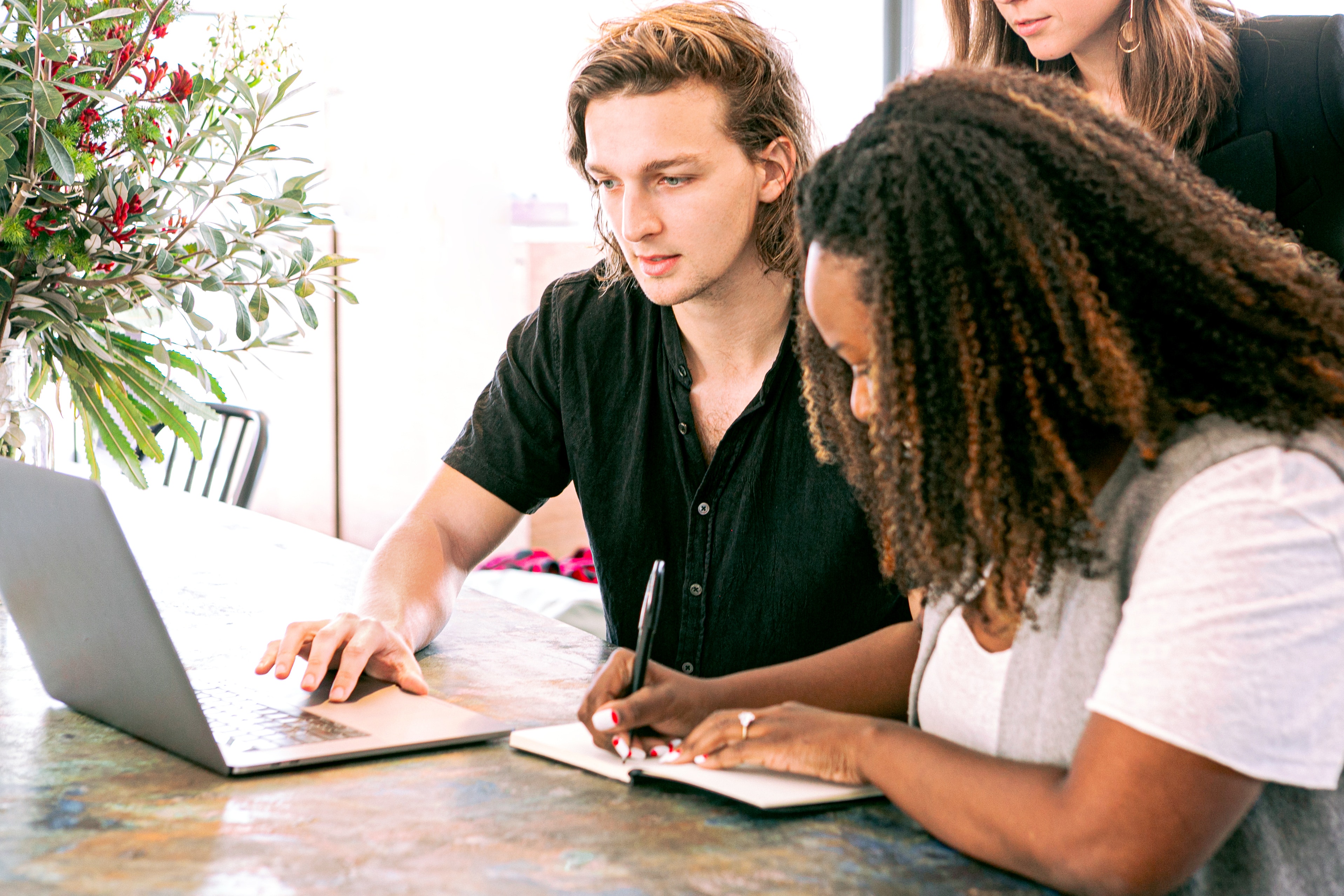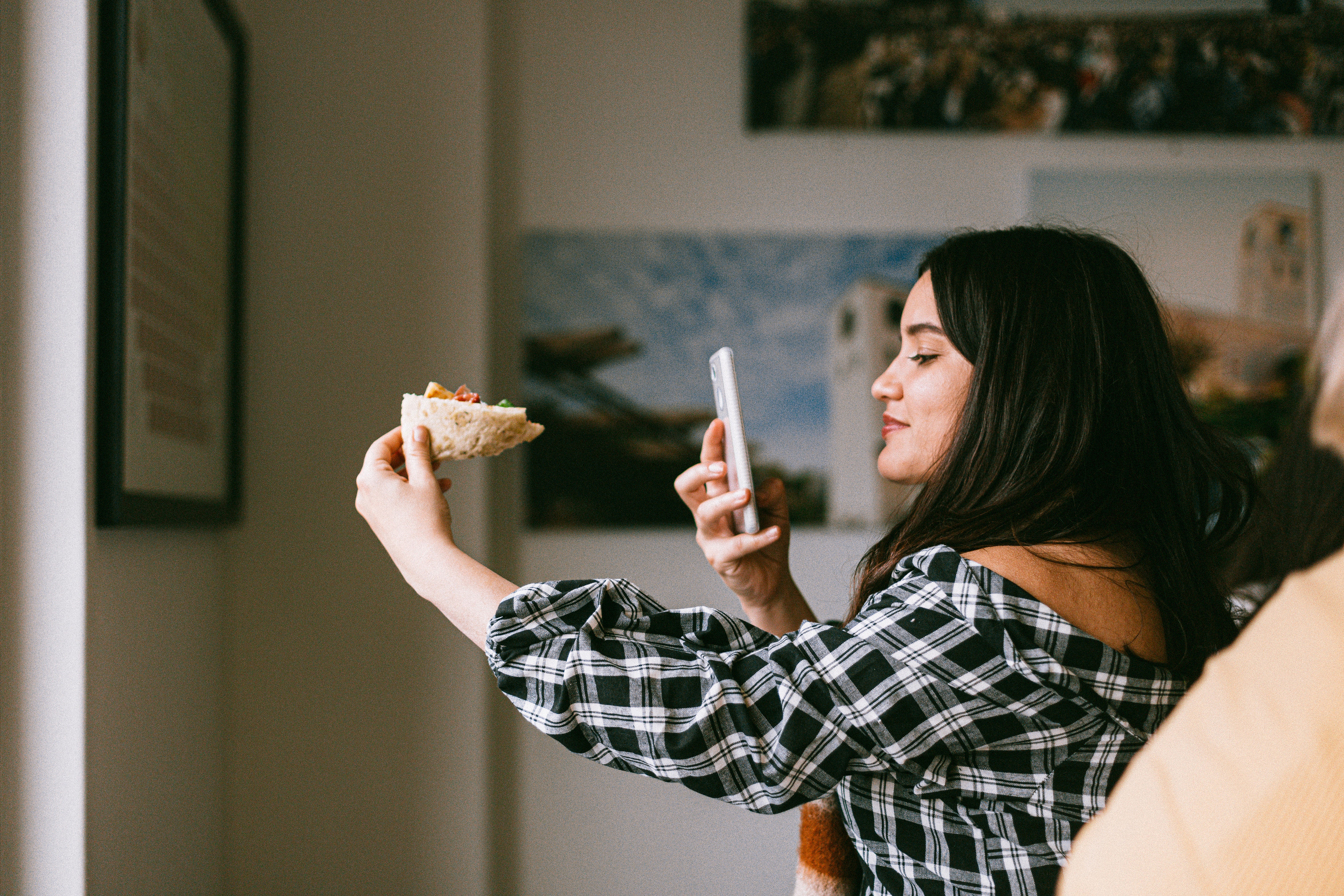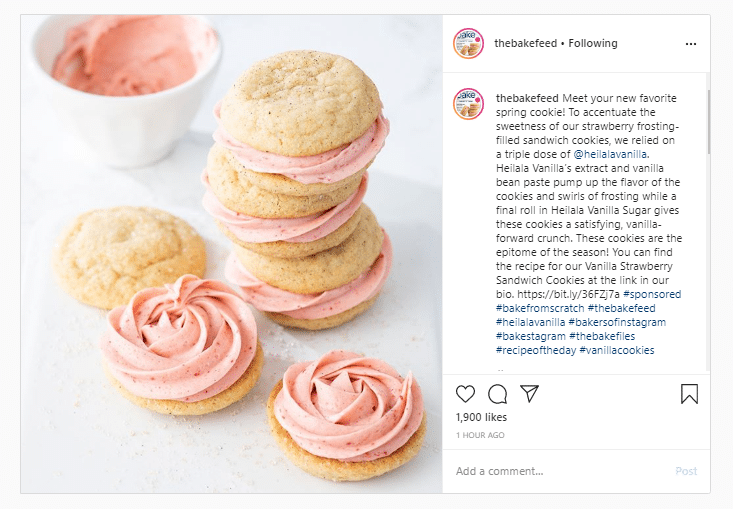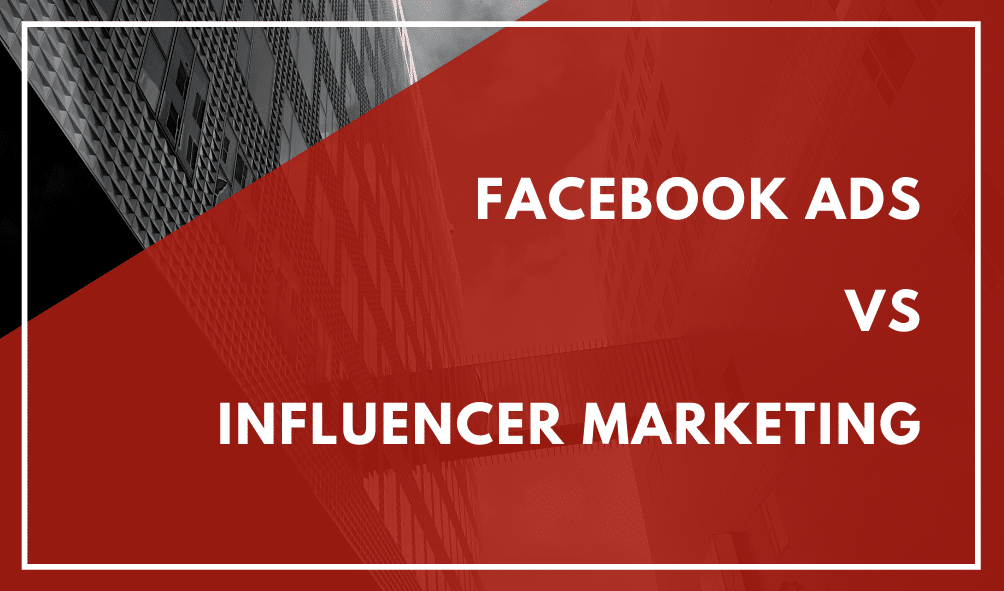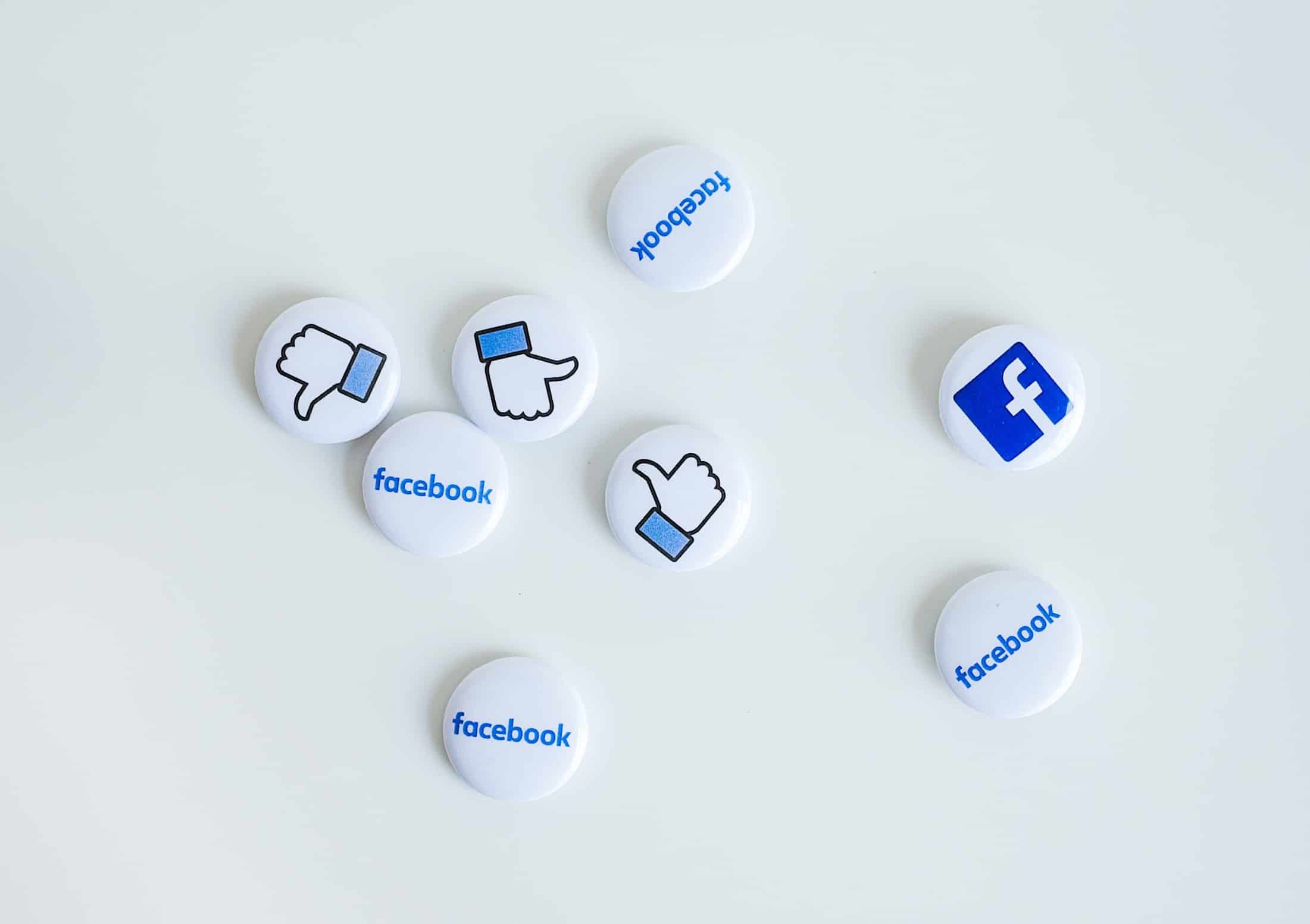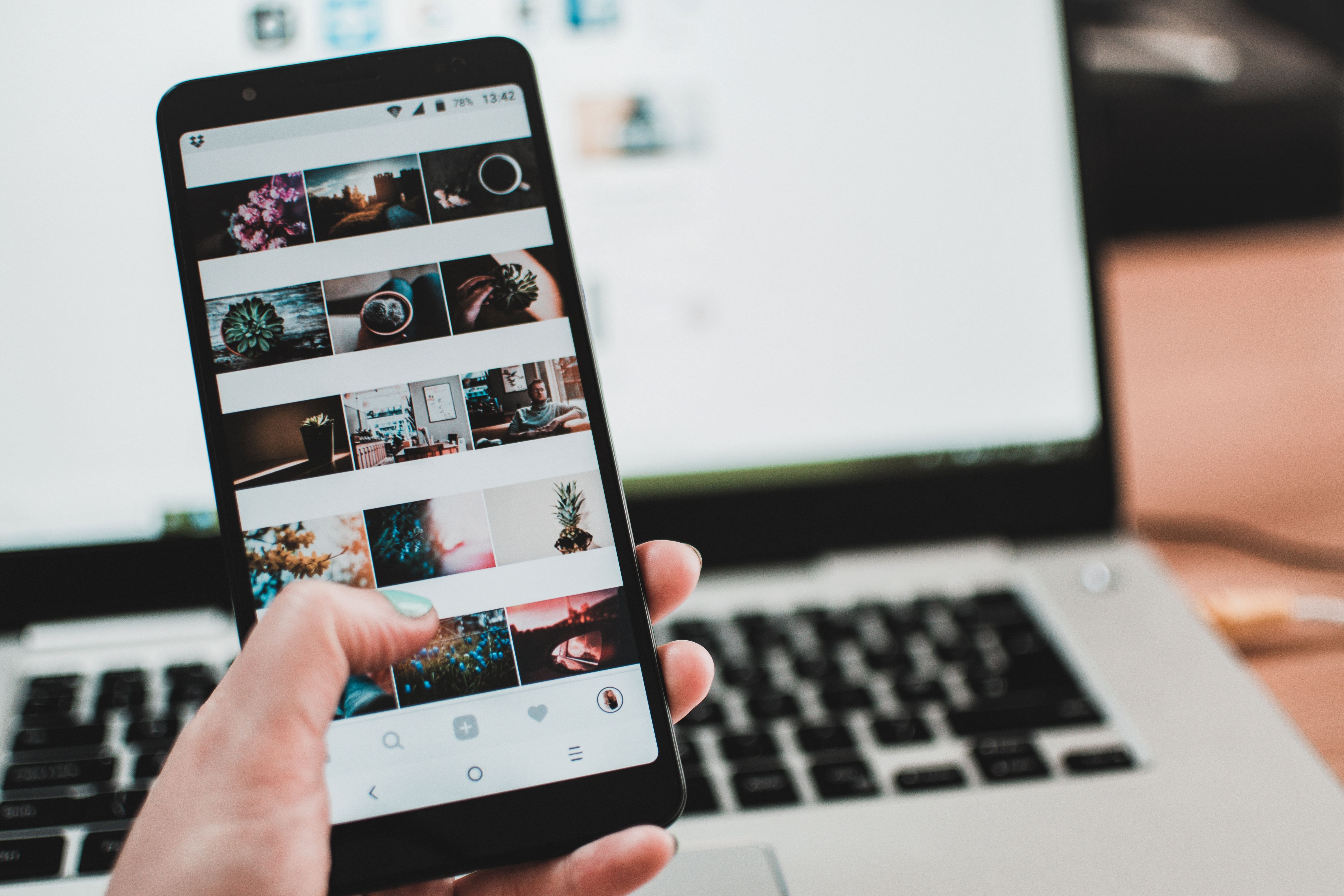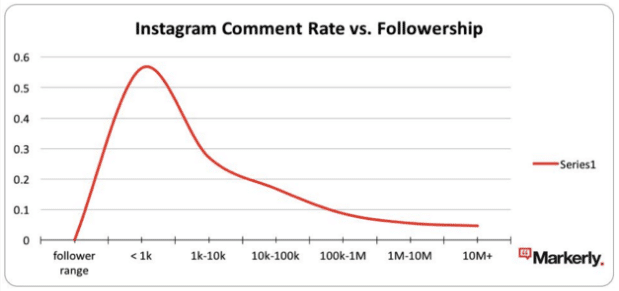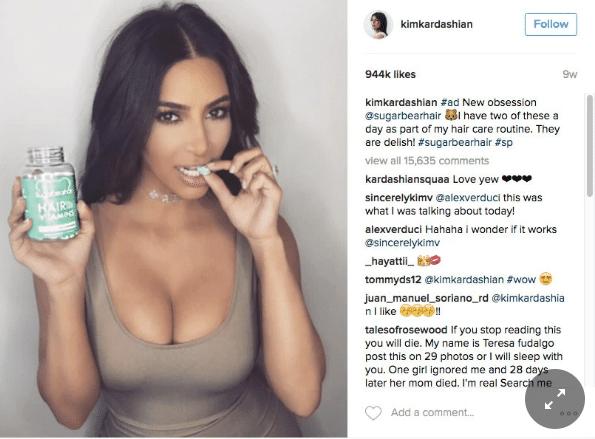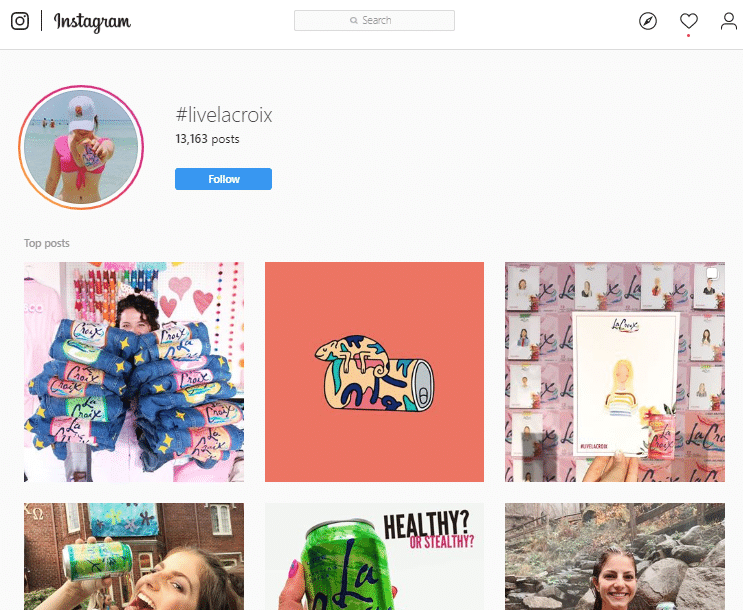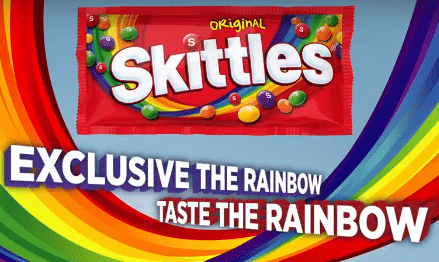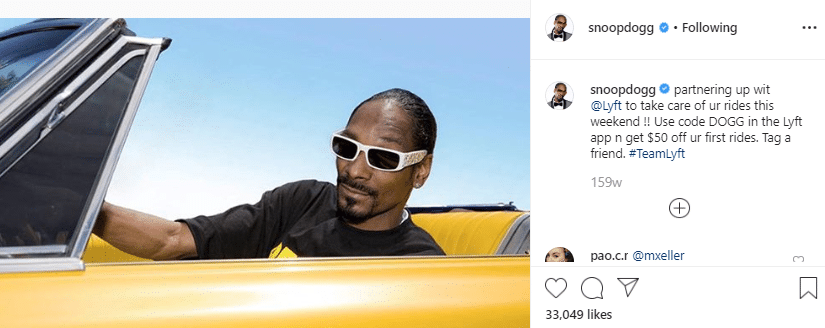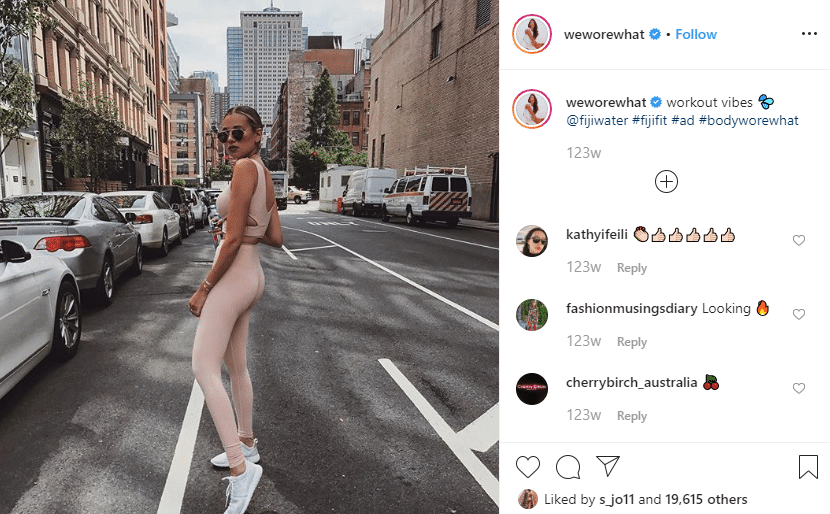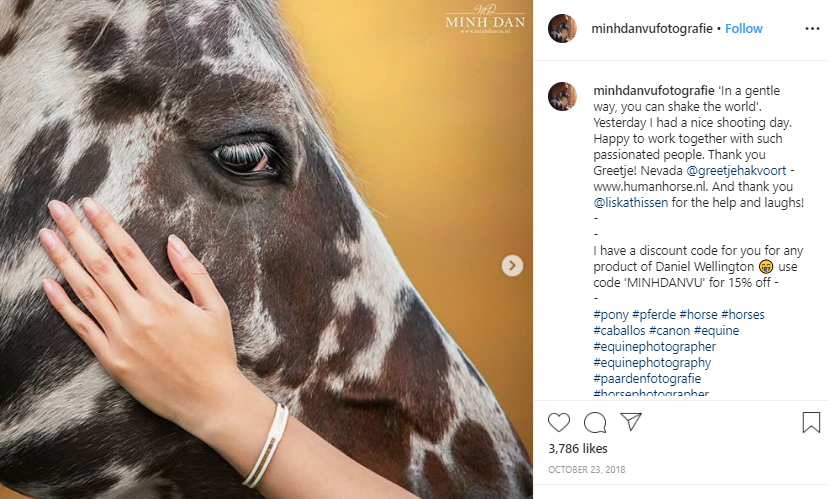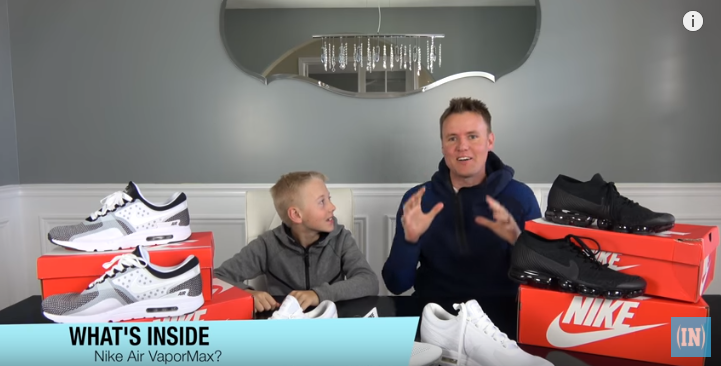Automated Influencer Marketing
Most of us are aware of the phenomenal growth of influencer marketing in the industry. With the massive growth in its count of daily users, Instagram has also seen a massive increase in the number of Instagram influencers. The start of the decade saw the rise of celebrity influencers peaking higher. However, micro-influencers have cornered much of the limelight. These influencers help brands to directly reach targeted sets of audience members. They have a better ROI compared to celebrities like Kim Kardashian and others who can charge up to half a million dollars for a single post. But influencer marketing comes with its own set of challenges too. Designing a whole influencer marketing campaign and implementing it is a hefty task when attempted manually. This is why most marketers are looking for automated influencer marketing systems.
Can Influencer Marketing be Automated?
It is essential to know about influencer marketing before we answer this question. Any marketing campaign takes planning and effort. The same is the case for influencer marketing. To begin with, a marketer would have to incorporate a variety of influencer-marketing related activities in his/her daily schedule. They would also need to be educated on topics like who the industry leaders are, monitor similar campaigns online, attempt content analysis, reaching out et cetera. That is not all. Once the research is done, a list of activities ensue. They will have to get the influencer on board, communicate their goals, curate content, and evaluate the campaign’s performance in an ongoing manner. It would be foolish to try and attempt this manually. Which brings us back to the question of automated influencer marketing.
- Can tools help automate certain processes in the marketing campaign? Yes!
- Can they help to automate the whole process? No!
- Would it be possible to reduce the overall load? Definitely!
How do Automated Tools help?
If you think about it, all these little steps and processes require time and manpower. It could take weeks or months (depending on the size of your team) to implement a successful influencer marketing campaign. Automaton tools like social media listening turn the entire campaign into a seamless flow, from sourcing the right influence for you to tracking relevant content. The tool brings you competitor analysis data, measures the success of your campaign, and more. And that is a major chunk of the work taken care of. This saves you a lot of time and you can focus and give your 100 percent to the challenge of formulating the strategy.
Finding the Right Influencer
Automated tools track the conversation around any keyword you put in. To start your influencer marketing campaign, put in the keywords for your industry. Tools like Auris pull up every mention and show you all the people who are talking about it. Every commentator is assigned an influencer score based on a multitude of factors like their follower count, engagement rate et cetera. You can easily filter out macro or micro-influencers from the list. This saves you time on having to go and manually hunt for influencers online. Once you have filtered out the list, the dashboard brings up all the details of these people. The frequency at which they post, their activities, number of followers et cetera. You can study and compare these and reach out to the right influencers for your brand.
Brainstorming Content
This is the creative part. And you would be surprised at how social listening tools can help you to a significant extent, with this too. When the tool is listening to the chatter online, it analyzes the data collected. The tool then presents a word cloud of the most trending topics online. This will give you and the influencer a fair idea of the kind of content you can work on. Additionally, the dashboard also presents an analysis of the overall sentiment around these topics. You can steer clear of the topics with a negative sentiment attached to it.
Measuring and Improvising
When you have launched your campaign, you can relax a little. And thanks to automated influencer marketing, you might get a chance to do a little more of that. Because had you gone for a full-manual process, you would be on your toes trying to measure the performance. Automated tools help you measure the results with visual data representation. This makes the process easy and you have ready data so you can implement changes on the go.
In conclusion, an automated influencer marketing tool like social listening is a wise investment. Social listening helps you find advocates and influencers for your product/service at ease. Additionally, it also does a lot of heavy lifting for your other marketing processes like market research, content marketing, competitor analysis et cetera. When you have social media intelligence tools taking care of the peripheral activities, you can really take control of the creative part which takes a lot of thought and planning.



